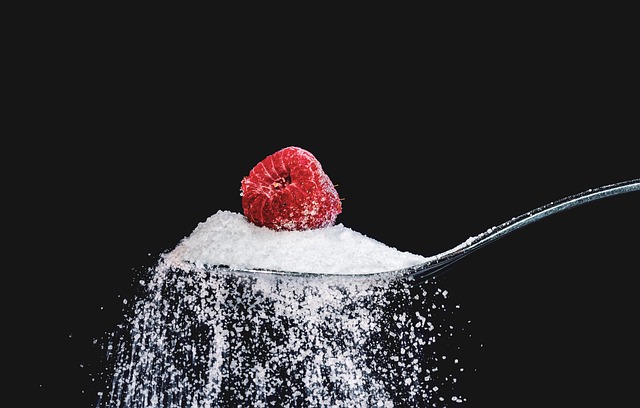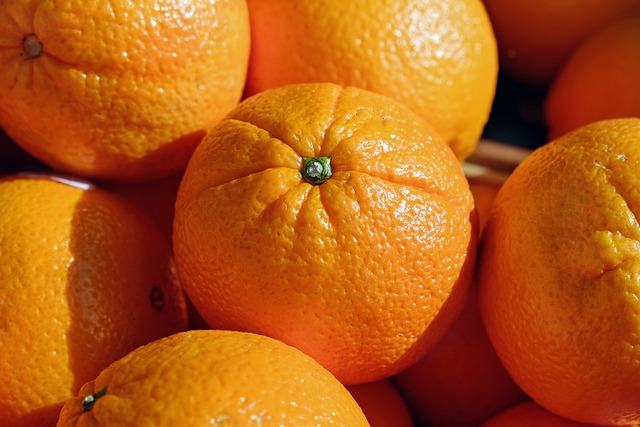Beyond Yogurt: Surprising Sources of Probiotics for Optimal Digestive Health
Probiotics have gained immense popularity in recent years, thanks to their numerous health benefits, especially for gut health. While yogurt is often considered the go-to source of probiotics, there are actually many other surprising sources that you can include in your diet for optimal digestive health. In this article, we’ll explore some lesser-known sources of probiotics that you may not have considered before.
Sauerkraut
Sauerkraut is a traditional fermented food made from cabbage, which is rich in probiotics. The fermentation process helps to develop beneficial bacteria, including various strains of Lactobacillus. Adding sauerkraut to your meals can not only enhance the flavors but also aid digestion and promote a healthy gut.
It’s important to note that not all sauerkraut found in supermarkets may contain live beneficial bacteria. Look for unpasteurized sauerkraut that is kept in the refrigerated section to ensure it still retains its probiotic potency.
Kombucha
Kombucha is a tangy, fizzy beverage that has been gaining popularity in recent years. It is made by fermenting sweetened tea with a live symbiotic culture of bacteria and yeast (SCOBY). The fermentation process produces a variety of beneficial probiotics, enzymes, and organic acids.
Regular consumption of kombucha has been associated with improved digestion, enhanced immune function, and increased energy levels. However, be mindful of the sugar content in store-bought kombucha, as some brands may add excessive amounts of sugar for taste. You may want to consider brewing your own kombucha at home to have better control over the ingredients.
Miso
Miso is a traditional Japanese seasoning made by fermenting soybeans with a type of fungus called koji. It is commonly used in soups, marinades, and dressings. Along with adding a rich umami flavor to dishes, miso also provides a good dose of probiotics.
The fermentation process of miso encourages the growth of beneficial bacteria, including various strains of Lactobacillus. These probiotics can help improve gut health, support digestion, and boost the immune system. Miso is available in different colors, with darker varieties having a stronger and more intense flavor.
Kimchi
Kimchi is a staple in Korean cuisine and has gained popularity worldwide for its distinctive flavor and probiotic benefits. It is made from fermented vegetables, such as napa cabbage and radishes, along with a mix of spices and seasonings.
The fermentation process of kimchi produces lactic acid bacteria, which can aid in digestion and promote a healthy balance of gut flora. Kimchi is not only delicious but also versatile, and can be enjoyed as a side dish, in soups, or in various recipes to add a tangy kick to your meals.
Tempting Tempeh
Tempeh is a popular plant-based protein source made from fermented soybeans. It is a staple in Indonesian cuisine and has gained popularity as a meat substitute among vegetarians and vegans.
Fermentation enhances the nutritional profile of tempeh and increases its probiotic content. Tempeh is also a good source of prebiotics, which are substances that nourish the beneficial bacteria in our gut. Including tempeh in your diet can not only provide you with probiotics but also contribute to a well-balanced plant-based protein intake.
Conclusion
While yogurt may be the most well-known source of probiotics, it is important to explore other options to diversify the beneficial bacteria in your gut. Including sauerkraut, kombucha, miso, kimchi, and tempeh in your diet can offer a wide range of probiotic strains, promoting optimal digestive health.
As with any dietary change, it’s always best to consult with a healthcare professional or nutritionist to ensure that these probiotic-rich foods fit well into your overall diet and health goals. So, go ahead and add some variety to your plate while nourishing your gut!







